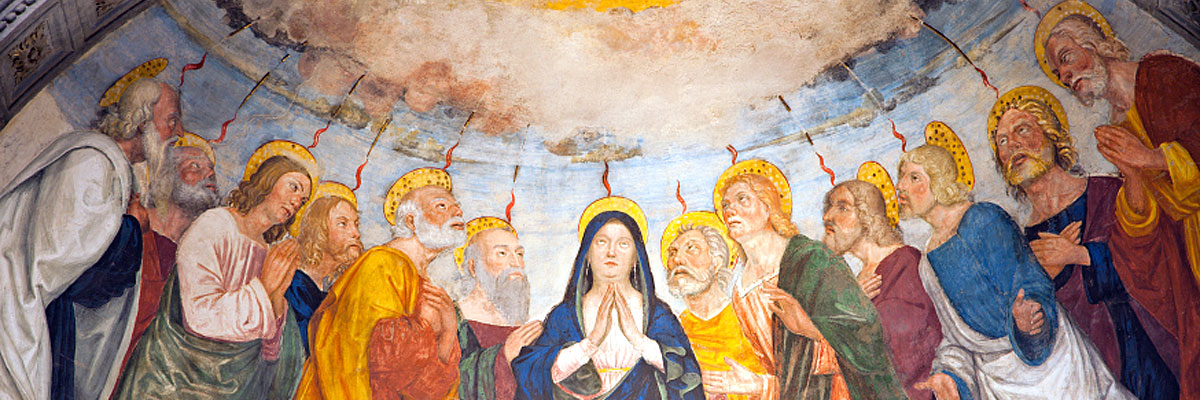
Understanding Our Church
A Treasury of Arkansas Writers Discussing the Catholic Faith
Official Website of the
Catholic Diocese of Little Rock
Don’t be intimidated by Sola Scriptura; other sources add to revelation
Published: July 26, 2003
By Abbot Jerome Kodell, OSB
Catholics are easily put on the defensive with biblical questions about Catholic doctrine. “Show me that in the Bible” makes us squirm, because many parts of Catholic teaching are not obvious in the Bible — the Immaculate Conception, the Assumption, purgatory — and even those that are, such as Petrine primacy, may be explained away.
The problem is not that there is something faulty with Catholic doctrine, but there is something wrong with the whole basis of the discussion. A Catholic stands on sure ground with regard to the Bible, but is often drawn onto a wobbly discussion platform without realizing it. The idea that a Christian teaching or observance must be in the Bible to be authentic is an unbiblical principle.
When the discussion is based on that principle, the Catholic is at an unfair disadvantage. From the beginning of the Church until today, Catholic doctrine has been grounded in New Testament revelation. But the reformers of the 16th century went further than that, saying only what is in Scripture (“Scripture alone” or sola Scriptura) is part of the faith.
It was a new approach after 1,500 years and it seemed to come from the Bible. But it didn’t. The text most often appealed to in justifying this position is 2 Timothy 3:16: “All Scripture is inspired by God and is useful for teaching, for refutation, for correction, and for training in righteousness.” This says Scripture is inspired and useful, but not that it is the only source of revelation; and besides, this is a reference only to the books of the Old Testament.
The New Testament’s own principle is that the teaching authority for faith is the Church, through leaders appointed and guided by the Holy Spirit, which interprets the Bible for believers. The Church is “the pillar and foundation of truth.” (1 Tim 3:15) It existed before the New Testament and produced the Christian Bible as we have it, a process finally completed in the fourth century.
If the Bible had been the only source of authentic faith, Sts. Peter and Paul and the whole early generation of Christians would have been deprived of something essential. But the complete message of Christ was being handed down in the Church in various other ways from the beginning: “Therefore, brothers, stand firm and hold fast to the traditions that you were taught, either by an oral statement or by a letter of ours.” (2 Thess 2:15)
A divine plan of “Scripture alone” was unthinkable during the 14 centuries of Christianity before the printing press. The production of a Bible was very expensive, involving a substantial flock of sheep and years of work by copyists, at an estimated cost by today’s standards of $10,000. Requiring a believer in those days to know revelation straight from the Bible to be a true disciple would have been a cruel mandate indeed.
But that was never the plan. Rather, the revelation in Jesus Christ has been made known through the Church in many ways, including especially the Bible, which since its completion has always had a privileged place. But discussions about Christian doctrine must not be confined to the text of the Bible.
The teaching of Christ has been handed down through the Bible, yes, but also in other ways, and a teaching authority, appointed by the Holy Spirit, has been given to interpret the message and protect the individual believer from error.



